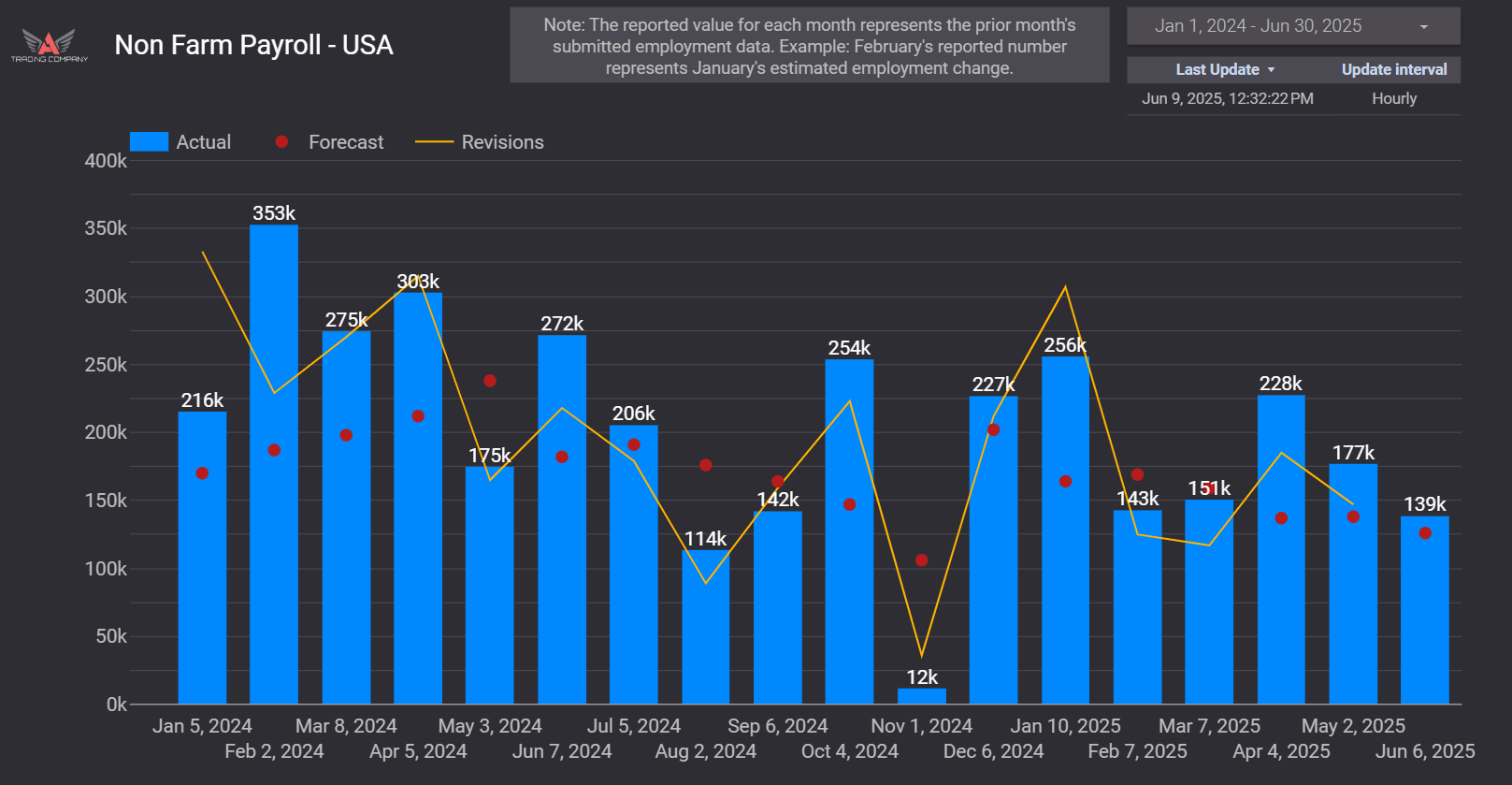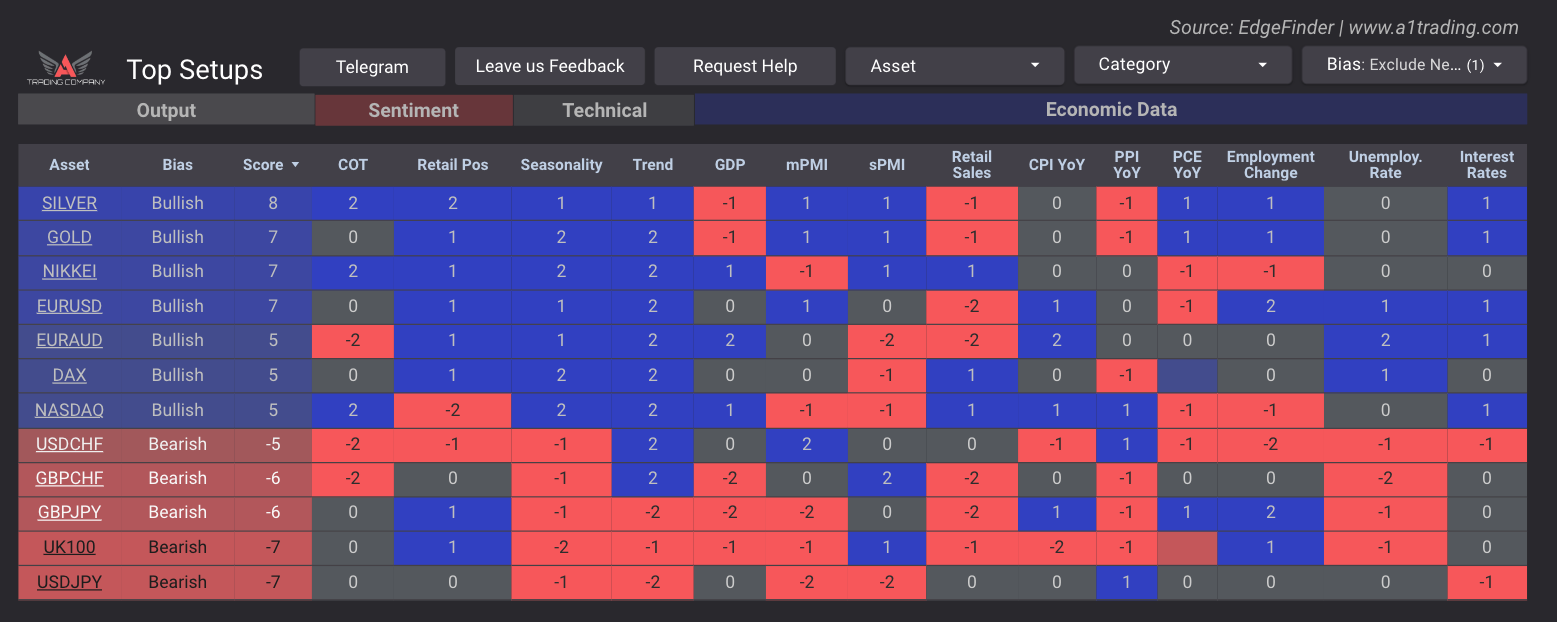Trading the Non-Farm Payroll (NFP) report can be both a lucrative and volatile experience for traders across the globe. Released monthly by the U.S. Bureau of Labor Statistics, this report provides a snapshot of the U.S. labor market—and because jobs data is so tightly linked to economic strength, this release often sparks significant market moves.
Understanding how to interpret this data, anticipate its market impact, and apply the right strategy is essential for navigating NFP effectively. Below, we’ll break down what the report includes, how to interpret the data, how it affects markets like forex, gold, and stocks—and how tools like the EdgeFinder can streamline your analysis.



